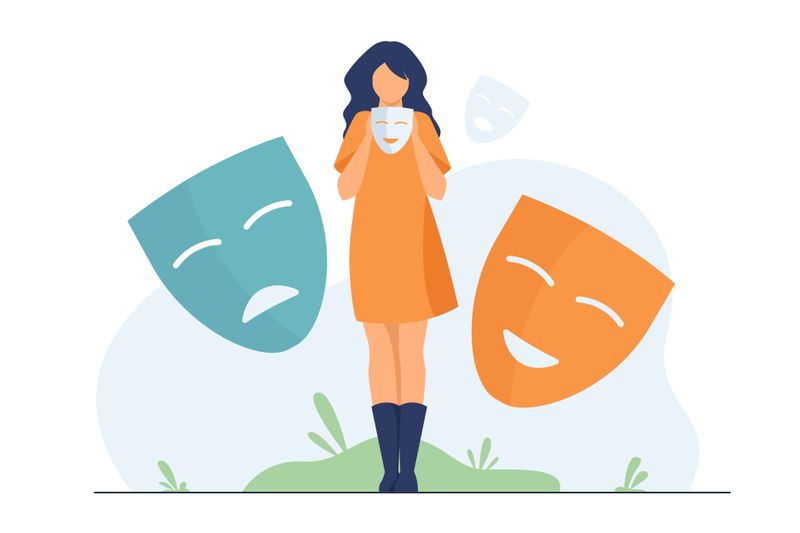
This logo isn't an ad or affiliate link. It's an organization that shares in our mission, and empowered the authors to share their insights in Byte form.
Rumie vets Bytes for compliance with our
Standards.
The organization is responsible for the completeness and reliability of the content.
Learn more
about how Rumie works with partners.
What's The Purpose of DBT?
In DBT, the main idea is to help you find a balance between two opposites: acceptance and change.
acceptance means learning to live with yourself, even when it's difficult to do so
change means adopting new behaviors and building emotional regulation skills

The term dialectical relates to open-minded thinking. It's the ability to view issues from different perspectives.
For example, when you hold opposing ideas on a subject, both ideas can be valid and true at the same time:
I know that I am doing the best I can...AND…I know I can do better, try harder, and be more effective.
— mental health advocate Teresa Colón reflecting on her experience with DBT
Who Is It Designed To Help?
DBT teaches you new skills to manage painful emotions and reduce conflict in relationships by:
eliminating destructive behaviors
improving emotional regulation
increasing interpersonal effectiveness
developing greater self-awareness
Quiz
What can DBT help people with? Select all that apply:
DBT teaches skills to better manage your emotions, feelings, thoughts, and actions.
What Does It Involve?
Individual Therapy
In this setting, you meet one on one with a therapist weekly to:
Focus on identifying and accepting problem areas and destructive behavior patterns
Learn new skills to handle your emotions better
Group Therapy
This is usually a weekly group session to improve emotion regulation and behavior in a social context.
The skills training focuses on 4 key areas:
Mindfulness
Distress tolerance
Emotion regulation
Interpersonal effectiveness
It may also include in-the-moment coaching between you and your therapist over the phone or a video call. The goal here is to provide you with support as you need it, while going about your daily life.
This helps you practice the new skills that you learn in DBT.
Take Action

DBT may be the right treatment for you to feel better and lead a more fulfilling life.
You might benefit from DBT if you answer "yes" to any of the questions below:
This Byte has been authored by
Chitra Krishnan
Lifelong Learner
This Byte has been reviewed by
Yasmin R. Singh
RP (Qualifying), MA

